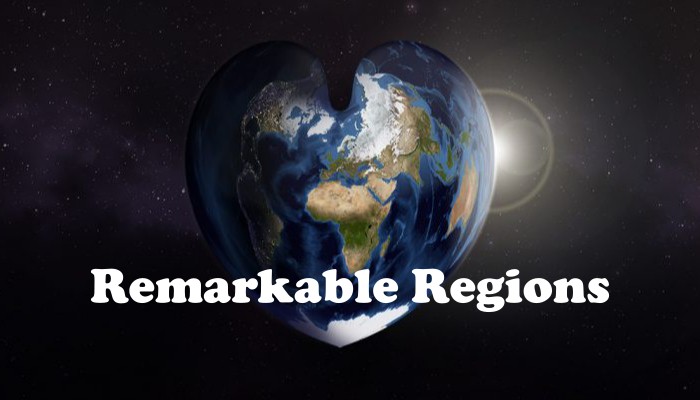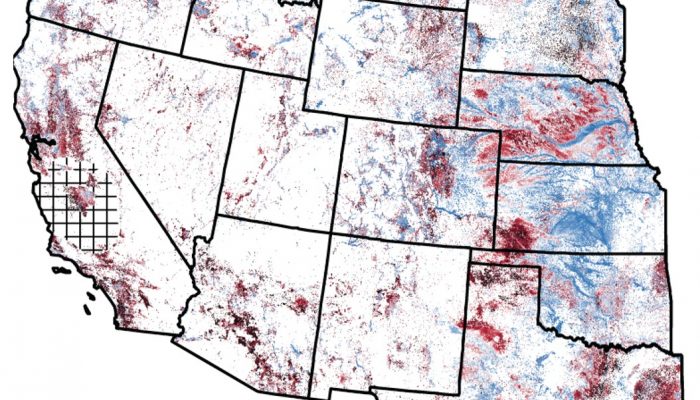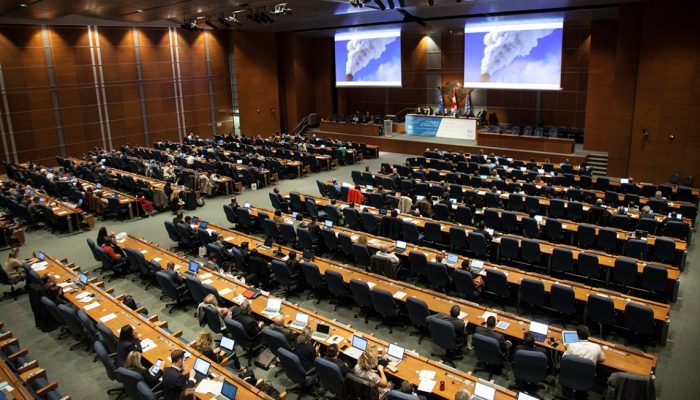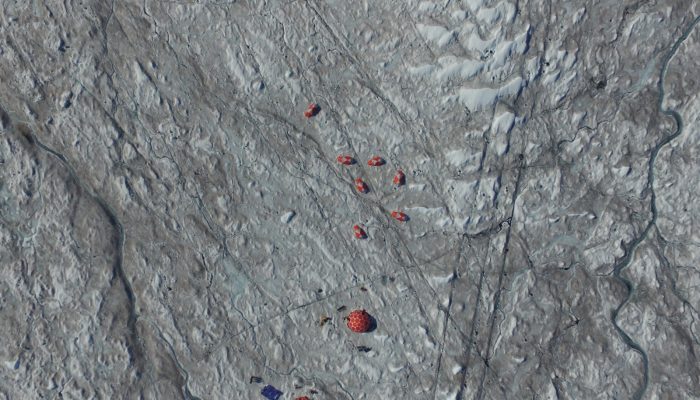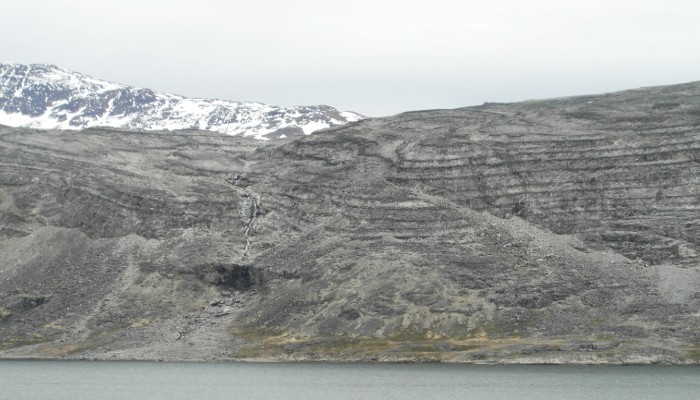Every 8 weeks we turn our attention to a Remarkable Region that deserves a spot in the scientific limelight. After exploring the Mediterranean and the ancient Tethys realm, we now move further north and across the Pacific to the Aleutian-Alaska subduction zone. This post was contributed by Kirstie Haynie who is a PhD candidate at the department of geology at the University at Buffalo, State Univer ...[Read More]
If you didn't find what you was looking for try searching again.
GeoLog
Imaggeo on Mondays: A spectacular view of moss-covered rocks
Geology has shaped the rugged landscape of the Isle of Skye – the largest island of Scotland’s Inner Hebrides archipelago. From the very old Precambrian rocks (approximately 2.8 billion years old) in the south of the island, through to the mighty glaciers which covered much of Scotland as recently as 14,700 years ago, the modestly-sized island provides a snap-shot through Earth’s dynamic his ...[Read More]
WaterUnderground
Western water wells are going dry
Post by Scott Jasechko, Assistant Professor of Water Resources at the University of Calgary, in Canada, and by Debra Perrone, Postdoctoral Research Scholar at Stanford University, in the United States of America. __________________________________________________ Wells are excavated structures, dug, drilled or driven into the ground to access groundwater for drinking, cleaning, irrigating, and coo ...[Read More]
GeoLog
GeoPolicy: IPCC decides on fresh approach for next major report
This month’s GeoPolicy post is a guest post from Sarah Connors, a Science Officer in the Intergovernmental Panel on Climate Change (IPCC) Working Group 1 Technical Support Unit (and former EGU Science Policy Officer). The IPCC is starting its sixth cycle, in which hundreds of scientists take stock of the world’s climate change knowledge by assessing the current scientific literature and then summa ...[Read More]
GeoLog
GeoTalk: The anomaly in the Earth’s magnetic field which has geophysicists abuzz
Geotalk is a regular feature highlighting early career researchers and their work. In this interview we speak to Jay Shah, a PhD student at Imperial College London, who is investigating the South Atlantic Anomaly, a patch over the South Atlantic where the Earth’s magnetic field is weaker than elsewhere on the globe. He presented some of his recent findings at the 2017 General Assembly. First, coul ...[Read More]
GeoLog
Mapping Ancient Oceans
This guest post is by Dr Grace Shephard, a postdoctoral researcher in tectonics and geodynamics at the Centre of Earth Evolution and Dynamics (CEED) at the University of Oslo, Norway. This blog entry describes the latest findings of a study that maps deep remnants of past oceans. Her open access study, in collaboration with colleagues at CEED and the University of Oxford, was published this week i ...[Read More]
Geodynamics
How good were the old forecasts of sea level rise?
The Geodynamics 101 series serves to showcase the diversity of research topics and methods in the geodynamics community in an understandable manner. We welcome all researchers – PhD students to Professors – to introduce their area of expertise in a lighthearted, entertaining manner and touch upon some of the outstanding questions and problems related to their fields. Our latest entry for the serie ...[Read More]
Tectonics and Structural Geology
Minds over Methods: Making ultramylonites
“Summer break is over, which means we will continue with our Minds over Methods blogs! For this edition we invited Andrew Cross to write about his experiments with a new rock deformation device – the Large Volume Torsion (LVT) apparatus. Andrew is currently working as a Postdoctoral Research Associate in the Department of Earth and Planetary Sciences, Washington University in St. Louis, USA. ...[Read More]
Cryospheric Sciences
Image of the Week – Bioalbedo: algae darken the Greenland Ice Sheet
Most of the energy that drives glacier melting comes directly from sunlight, with the amount of melting critically dependent on the amount of solar energy absorbed compared to that reflected back into the atmosphere. The amount of solar energy that is reflected by a surface without being absorbed is called the albedo. A low albedo surface absorbs more of the energy that hits it compared to a high ...[Read More]
Geochemistry, Mineralogy, Petrology & Volcanology
The Fractional Crystallization Freak Zone
A large majority of igneous rocks on Earth are formed by a process known as fractional crystallization (summarized in the diagram below). To understand this process, start by imagining a large liquid magma (melt) body. As we cool the magma, mineral phases become stable and crystals start to form. The newly formed minerals are likely to have a very different density from the magma causing them to f ...[Read More]

